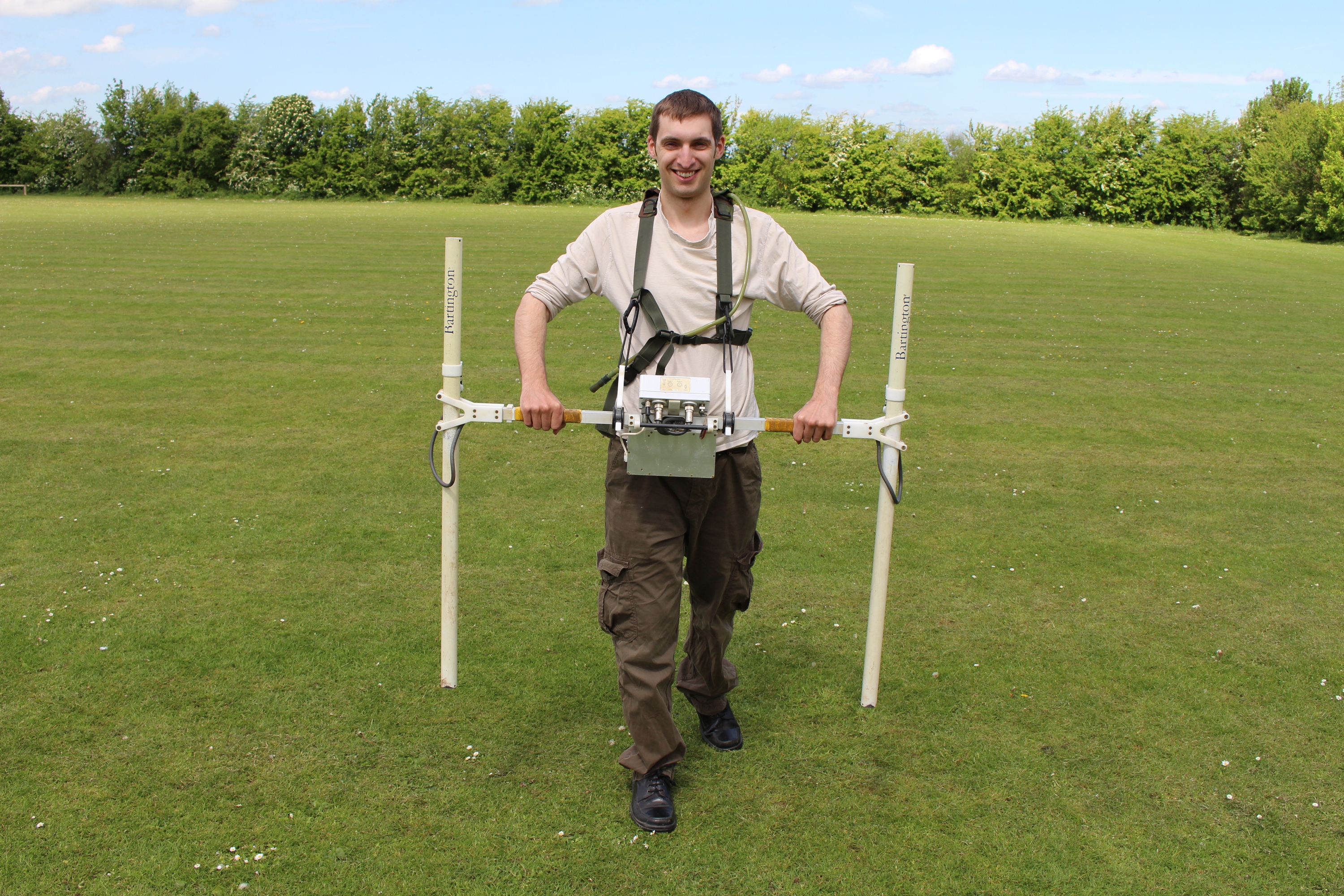All Categories
Featured
Table of Contents
Geophysical Survey - Mola in Bayswater Australia 2022
Much of the image includes blank areas now with little or no radar reaction. The "courtyard" wall is still revealing strongly, nevertheless, and there are continuing ideas of a hard surface area in the SE corner. Time piece from 23 to 25ns. This last piece is now nearly all blank, however a few of the walls are still revealing strongly.
How deep are these pieces? The software application I have access to makes estimating the depth a little challenging. If, nevertheless, the leading three slices represent the ploughsoil, which is probably about 30cm think, I would guess that each slice has to do with 10cm and we are only getting down about 80cm in overall.

Luckily for us, most of the sites we are interested in lie just below the plough zone, so it'll do! How does this compare to the other techniques? Comparison of the Earth Resistance information (leading left), the magnetometry (bottom left), the 1517ns time slice (leading right) and the 1921ns time piece (bottom left).
Geophysical Survey - Mining Fundamentals in Currambine WA 2023
Magnetometry, as talked about above, is a passive strategy measuring local variations in magnetism versus a localised absolutely no value. Magnetic susceptibility survey is an active strategy: it is a step of how magnetic a sample of sediment could be in the existence of a magnetic field. How much soil is checked depends upon the size of the test coil: it can be very little or it can be reasonably big.
The sensing unit in this case is extremely little and samples a tiny sample of soil. The Bartington magnetic vulnerability meter with a big "field coil" in use at Verulamium during the course in 2013. Leading soil will be magnetically enhanced compared to subsoils simply due to natural oxidation and decrease.
By determining magnetic vulnerability at a reasonably coarse scale, we can spot areas of human occupation and middens. We do not have access to a dependable mag sus meter, but Jarrod Burks (who assisted teach at the course in 2013) has some excellent examples. Among which is the Wildcat site in Ohio.
What Is The Difference Between Geophysical Method And ... in Floreat Australia 2020
These villages are frequently laid out around a main open area or plaza, such as this reconstructed example at Sunwatch, Dayton, Ohio. The magnetic susceptibility survey helped, however, specify the main location of occupation and midden which surrounded the more open area.
Jarrod Burks' magnetic vulnerability survey results from the Wildcat site, Ohio. Red is high, blue is low. The technique is for that reason of excellent use in specifying areas of basic occupation instead of identifying particular features.
Geophysical surveying is an applied branch of geophysics, which uses seismic, gravitational, magnetic, electrical and electromagnetic physical methods at the Earth's surface to measure the physical properties of the subsurface - Geophysical Surveys As Landscape Archaeology in Mount Pleasant Oz 2020. Geophysical surveying approaches generally measure these geophysical homes together with anomalies in order to assess various subsurface conditions such as the existence of groundwater, bedrock, minerals, oil and gas, geothermal resources, voids and cavities, and much more.
Latest Posts
Geophysical Survey - Salisbury Archaeology in South Guildford Aus 2021
Geophysical Survey in Yangebup Aus 2022
Working As A Geophysicist And Oceanographer In Canada in Singleton Aus 2022